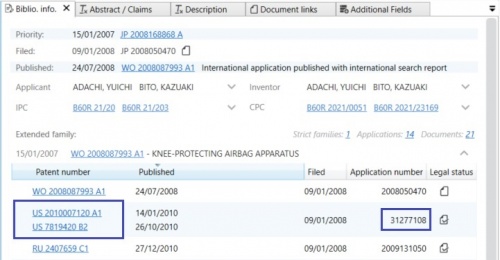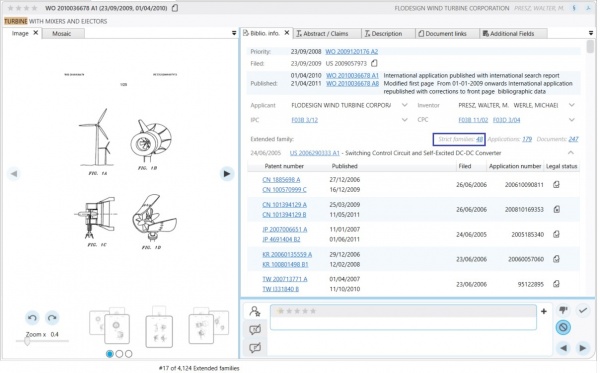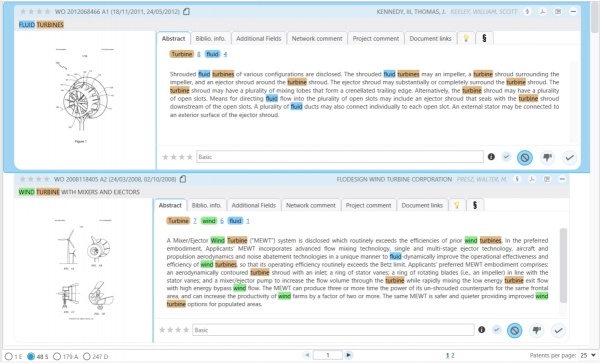EN:Data Content: Difference between revisions
No edit summary |
No edit summary |
||
| Line 8: | Line 8: | ||
* Full texts are completed by third-party providers | * Full texts are completed by third-party providers | ||
Data content European Patent Office:<br /> | |||
http://www.epo.org/searching-for-patents/helpful-resources/data/tables/weekly.html<br /> | http://www.epo.org/searching-for-patents/helpful-resources/data/tables/weekly.html<br /> | ||
http://www.epo.org/searching-for-patents/technical/patent-additions.html<br /> | http://www.epo.org/searching-for-patents/technical/patent-additions.html<br /> | ||
Revision as of 16:02, 23 March 2018
The IP7 patent database is one of the world’s largest patent databases.
Content
- DOCDB – bibliographic data and texts
- INPADOC – Legal status data and patent family information
- OPS und DepatisNet-Interface – Original texts (PDF and figures)
- Full texts are completed by third-party providers
Data content European Patent Office:
http://www.epo.org/searching-for-patents/helpful-resources/data/tables/weekly.html
http://www.epo.org/searching-for-patents/technical/patent-additions.html
These websites are regularly updated by the European Patent Office.
Update
Our data content is updated on a weekly basis.
We receive the data on a Thursday and the data is available in our database the following Monday.
Units/Grouping
- The document (D) is equivalent to a published text.
- The application (A) contains all documents of an application.
Example
A and B document: DE 10248531 A1 DE 10248531 B4 Constitutes one application: DE 10248531
In this case the document number does not necessarily have to be the same, e.g. US applications have a different number.
By using the application number, the documents of an application can be detected.

- The strict patent family (S) corresponds to DOCDB simple patent family.
Applications with the same technical content. (direct priority)
- The extended patent family (E) corresponds to INPADOC extended patent family.
Applications with similar technical content (direct and indirect priorities)
Separating the extended patent families into strict patent families significantly simplifies patent work.
Once a document from a strict patent family was read, the strict patent family can be considered as read. This however, does not apply to the extended patent family.
Example

Extended patent family of: WO 2010036678 A1
Contains strict patent families with similar technical content:
- fluid turbine
- wind turbine

